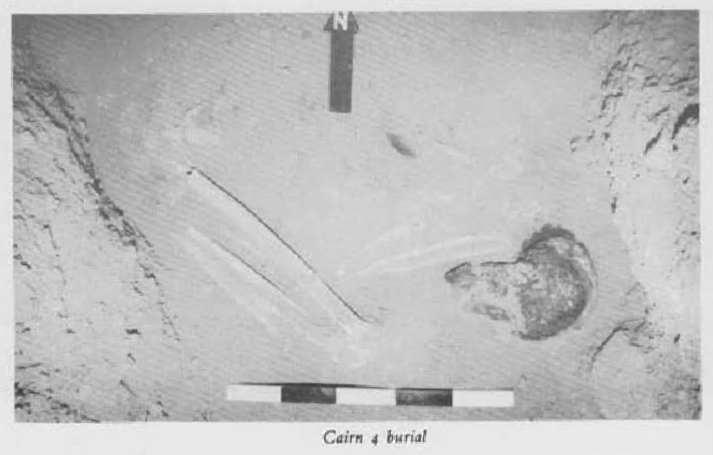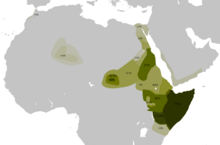
The ~3,500 year old Cairn 4 burial excavated by Daniel Stiles, containing the 190 cm/6’4″ skeleton of an early Cushitic male settler (Stiles and Munro-Hay (1981)).
http://danstiles.org/publications/archaeology/3.Azanian (MSAFIRI 46).pdf
http://anthromadness.blogspot.co.uk/2015/06/the-azanians-cushitic-speaking-people.html?m=1
Seems like the Azanians were a South Cushitic group.

